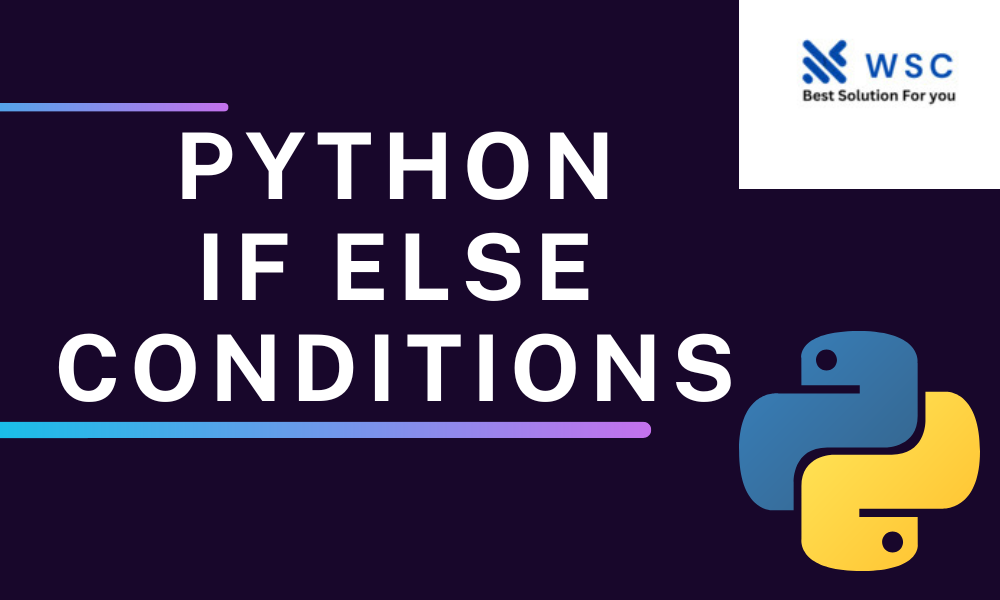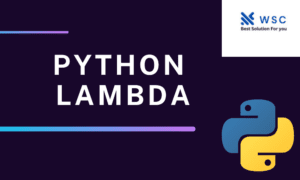Introduction
Are you a budding programmer looking to enhance your coding skills? Python’s If-Else statements are fundamental tools that can significantly improve your decision-making abilities within your code. In this guide, we’ll break down the concept of If-Else statements using simple language and practical examples.
Understanding the Basics: If-Else Explained
In the world of programming, decisions play a crucial role. This is where If-Else statements come into play. An “if” statement allows your code to make a decision based on a given condition. If the condition is true, a specific block of code is executed. However, when the condition is false, the “else” block gets executed instead.
Making Choices: Synonyms for If-Else
- Conditional Statements: Python’s If-Else constructs are known as conditional statements, as they guide your program’s flow based on conditions.
- Branching: Think of your code as a tree. The “if” condition represents one branch, while the “else” condition represents another.
- Decision Points: These are junctures in your code where decisions are made, directing the program’s execution path.
Putting It Into Practice: Code Examples
Let’s consider a scenario: you’re building a simple voting eligibility checker. Here’s how If-Else statements can help:
age = 17
if age >= 18:
print("You are eligible to vote!")
else:
print("You are not eligible to vote.")
In this example, the condition checks whether the age is 18 or older. If true, the first message is displayed; if false, the second message appears.
Enhancing Decision-Making: Nested If-Else
Python’s If-Else statements can also be nested within each other, allowing for more intricate decision-making. For instance:
num = 10
if num > 0:
if num % 2 == 0:
print("Positive and even")
else:
print("Positive and odd")
else:
print("Non-positive")
Mastering If-Else: Practice Makes Perfect
Understanding If-Else statements is a significant step towards becoming a proficient coder. To solidify your grasp, try creating more complex scenarios and experimenting with nested conditions.
Conclusion
Python’s If-Else statements are your allies in crafting dynamic and responsive programs. With their straightforward structure and versatile functionality, you can guide your code’s behavior based on various conditions. Embrace the power of decision-making in programming and watch your skills flourish. Happy coding!
Check our tools website Word count
Check our tools website check More tutorial




